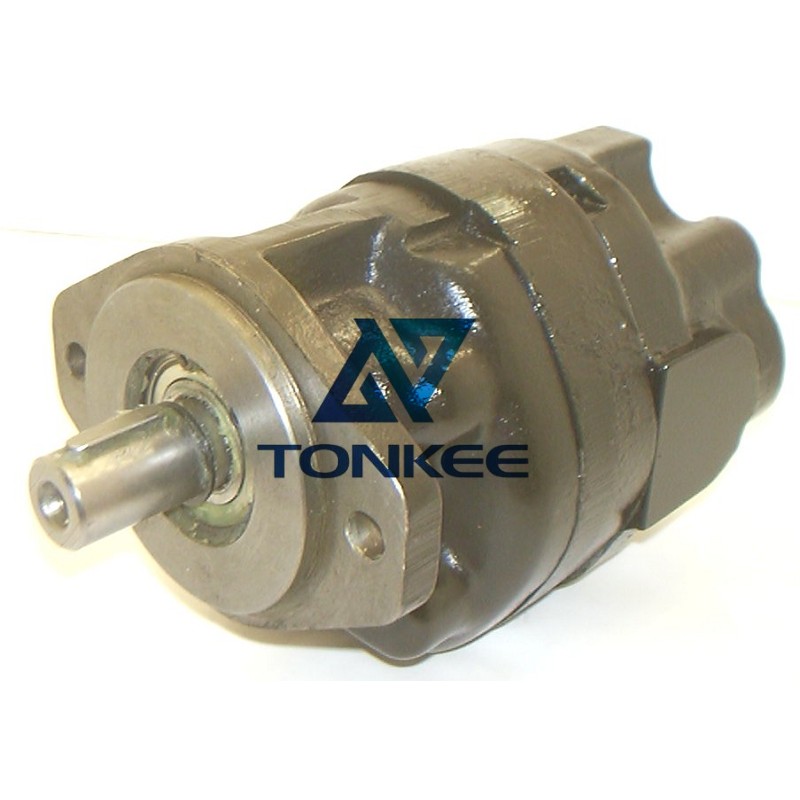
Flow Rate: This pump is designed to deliver a specific flow rate of hydraulic fluid, typically measured in gallons per minute (GPM) or liters per minute (LPM).
The exact flow rate can vary depending on the model and configuration.
Pressure Rating: The pump can handle a certain maximum pressure level, often expressed in pounds per square inch (PSI) or bars. It's essential to select a pump with a pressure rating that matches or exceeds the requirements of the hydraulic system.
Displacement: Displacement refers to the volume of hydraulic fluid displaced per revolution of the pump's gears. It is typically measured in cubic inches or cubic centimeters.
Mounting Type: The 5H1 40106PUM can be mounted in various ways, such as flange or foot mounting, to accommodate different installation needs.
Materials: These pumps are often constructed with durable materials, such as cast iron or aluminum, to withstand the demands of hydraulic systems.
Shaft Rotation: The pump's shaft can rotate in different directions, including clockwise (CW) and counterclockwise (CCW), allowing flexibility in system design.
Seal Type: The pump is equipped with seals to prevent leakage of hydraulic fluid. The type of seals used can affect the pump's compatibility with various hydraulic fluids.
High Efficiency: Gear pumps are known for their efficiency in converting mechanical power into hydraulic power. The precise design of the gears ensures minimal internal leakage.
Compact Design: These pumps have a relatively small footprint, making them suitable for applications with limited space.
Reliability: Hydraulic gear pumps are robust and reliable, with fewer moving parts compared to some other types of pumps. This results in reduced maintenance requirements.
Low Noise: The design of gear pumps often leads to quieter operation compared to other hydraulic pump types, making them suitable for noise-sensitive environments.
Wide Application Range: The 5H1 40106PUM is versatile and can be used in various industries, including manufacturing, construction, agriculture, and automotive.
Construction Equipment: It powers hydraulic cylinders in bulldozers, excavators, and loaders.
Industrial Machinery: Hydraulic presses, injection molding machines, and machine tools often use these pumps.
Agricultural Machinery: Tractors, combine harvesters, and irrigation systems rely on hydraulic gear pumps for various functions.
Automotive: Some power steering systems and automatic transmissions employ hydraulic gear pumps.
Material Handling: Conveyor systems and forklifts may use hydraulic gear pumps for lifting and transporting materials.